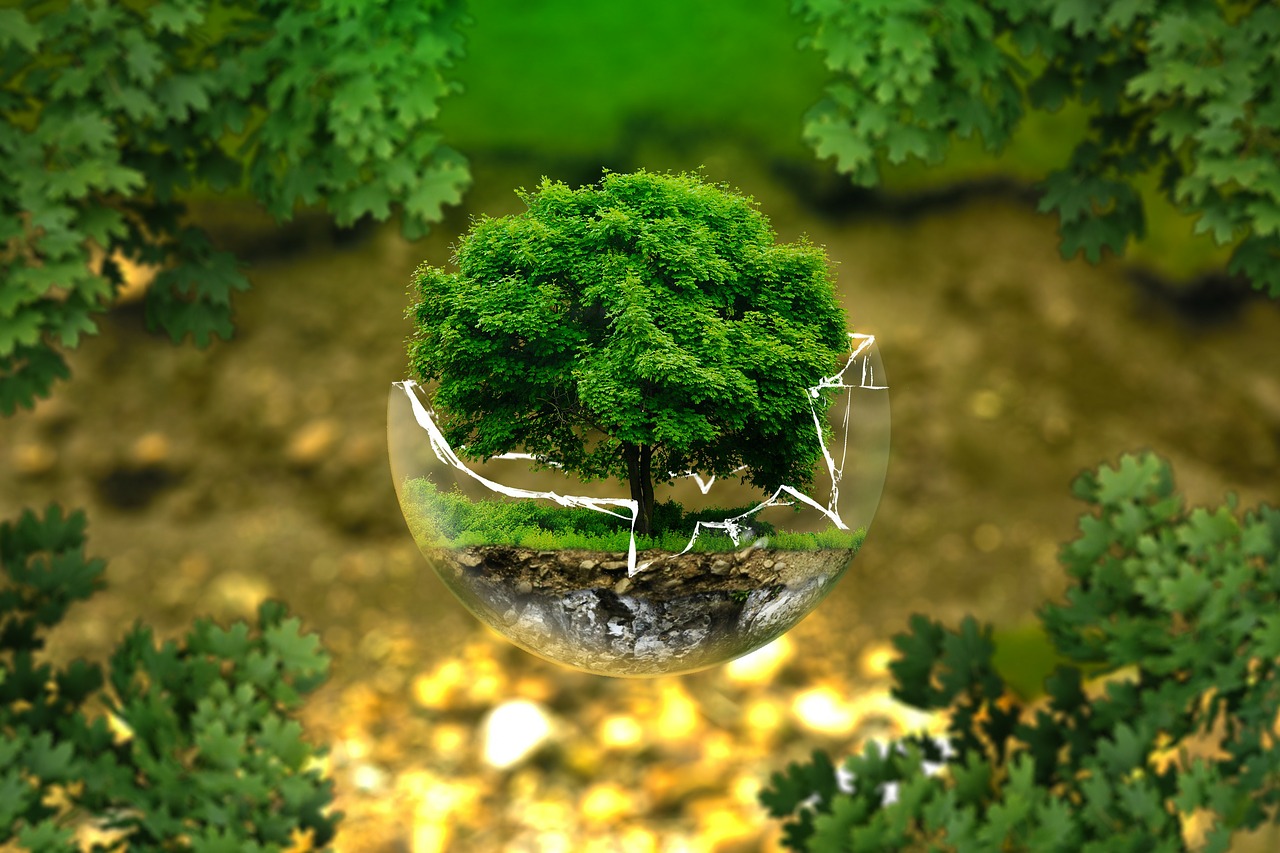Nature conservation is a critical aspect of our responsibility towards the environment. With increasing concerns about climate change, loss of biodiversity, and the degradation of natural resources, it has become imperative to adopt effective methods for conserving nature. In this article, we will explore various strategies and approaches that can be implemented to protect and preserve our natural ecosystems.

Nature conservation refers to the preservation, protection, and sustainable management of natural resources, ecosystems, and biodiversity. It involves a range of activities aimed at safeguarding the environment for future generations. By implementing effective conservation methods, we can mitigate the negative impacts of human activities and promote a healthier planet.
Protecting Biodiversity

Preserving Habitats: Preserving natural habitats is crucial for maintaining biodiversity. Conserving forests, wetlands, grasslands, and other ecosystems ensures that diverse species have suitable environments to thrive. Protected areas, such as national parks and wildlife reserves, play a vital role in safeguarding these habitats.
Wildlife Conservation: Protecting endangered and vulnerable species is essential for maintaining ecological balance. Conservation efforts focus on preventing habitat destruction, combating illegal wildlife trade, and promoting breeding programs. By conserving wildlife, we can protect entire ecosystems and preserve the intricate web of life.
Invasive Species Management: Invasive species pose a significant threat to native flora and fauna. These non-native species can outcompete local species, disrupt ecosystems, and cause ecological imbalances. Implementing measures to prevent the introduction and spread of invasive species is crucial for nature conservation.
Sustainable Resource Management

Forest Conservation: Forests are vital for carbon sequestration, soil conservation, and providing habitat for countless species. Sustainable forest management involves responsible logging practices, afforestation initiatives, and preventing deforestation. By ensuring the long-term viability of forests, we can mitigate climate change and protect biodiversity.
Water Conservation: Water is a precious resource, and its conservation is essential for both humans and nature. Efficient water management practices, such as rainwater harvesting, wastewater treatment, and responsible irrigation, help reduce water scarcity and maintain healthy aquatic ecosystems.
Energy Efficiency: Promoting energy efficiency is crucial for reducing greenhouse gas emissions and minimizing the environmental impact of energy production. By adopting renewable energy sources, optimizing energy consumption, and investing in sustainable technologies, we can contribute to nature conservation.
Promoting Environmental Awareness

Education and Outreach Programs: Raising awareness about the importance of nature conservation is key to fostering a sense of responsibility among individuals and communities. Educational programs, workshops, and campaigns can help inform people about environmental issues and empower them to make sustainable choices.
Public Engagement: Engaging the public in conservation efforts can have a significant impact. Encouraging citizen science initiatives, organizing community clean-up events, and involving local communities in decision-making processes create a sense of ownership and collective responsibility towards nature.
Advocacy and Policy: Advocacy plays a crucial role in influencing policies and regulations that support nature conservation. Conservation organizations and individuals can advocate for stronger environmental laws, sustainable practices, and the protection of natural resources at local, national, and international levels.
Restoration and Rehabilitation

Reforestation: Restoring deforested areas through reforestation efforts helps in combating climate change, conserving biodiversity, and preventing soil erosion. Planting native tree species and implementing sustainable land management practices are key components of successful reforestation programs.
Ecological Restoration: Ecological restoration involves revitalizing degraded ecosystems to their original state. This process includes removing invasive species, reintroducing native plants and animals, and restoring natural processes. Ecological restoration efforts help rehabilitate damaged habitats and promote biodiversity.
Wetland Rehabilitation: Wetlands are valuable ecosystems that provide critical services such as water filtration, flood control, and habitat for numerous species. Rehabilitating and preserving wetlands through measures such as restoring water flows, controlling pollution, and managing invasive species is essential for their conservation.
Summary
Effective nature conservation requires a multi-faceted approach that combines habitat preservation, sustainable resource management, environmental awareness, restoration, and collaboration. By implementing these methods, we can protect biodiversity, mitigate climate change, and ensure a sustainable future for our planet.
